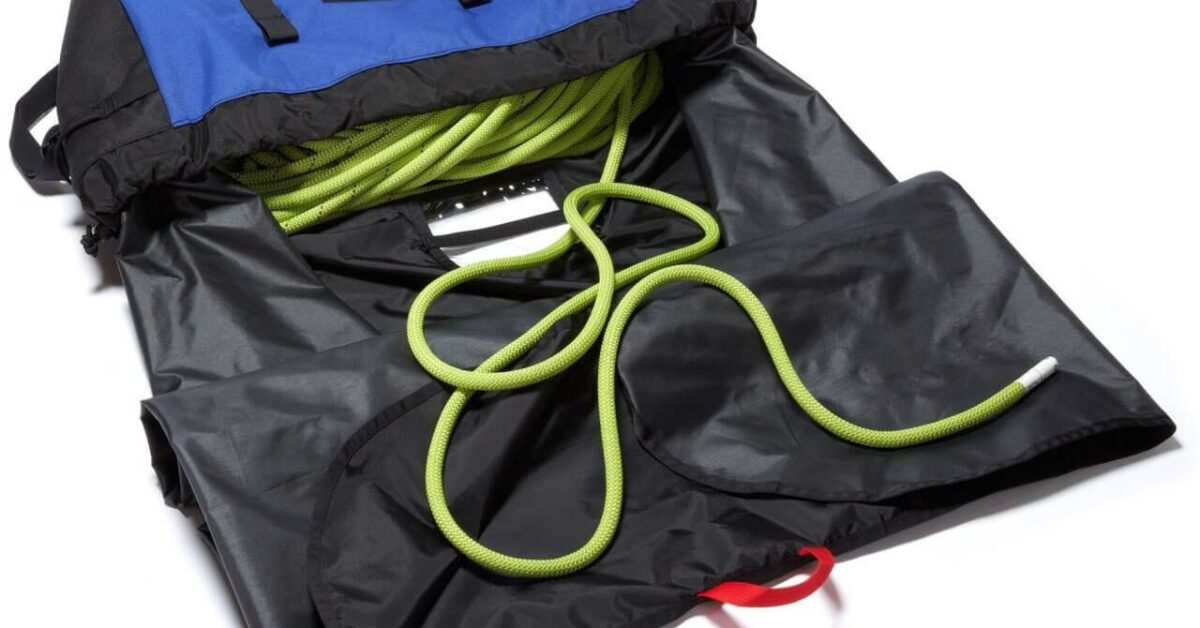
In my time climbing I have seen lots of different climbers hauling massive backpacks for a day of sport climbing. Frequently these people still can not fit all of the stuff in there pack and have to put there rope on the outside of there backpack. On the other hand some of the most experienced climbers that I know can spend a day climbing with a 20 liter pack without anything on the outside of the pack. The way that they do this is by carefully choosing gear so when they get to the wall they only have just what they need to climb that day, and they make the most of the gear that they bring with them. So this will be a list of some easy things that climbers can ditch, while still climbing the routes that they want to climb.
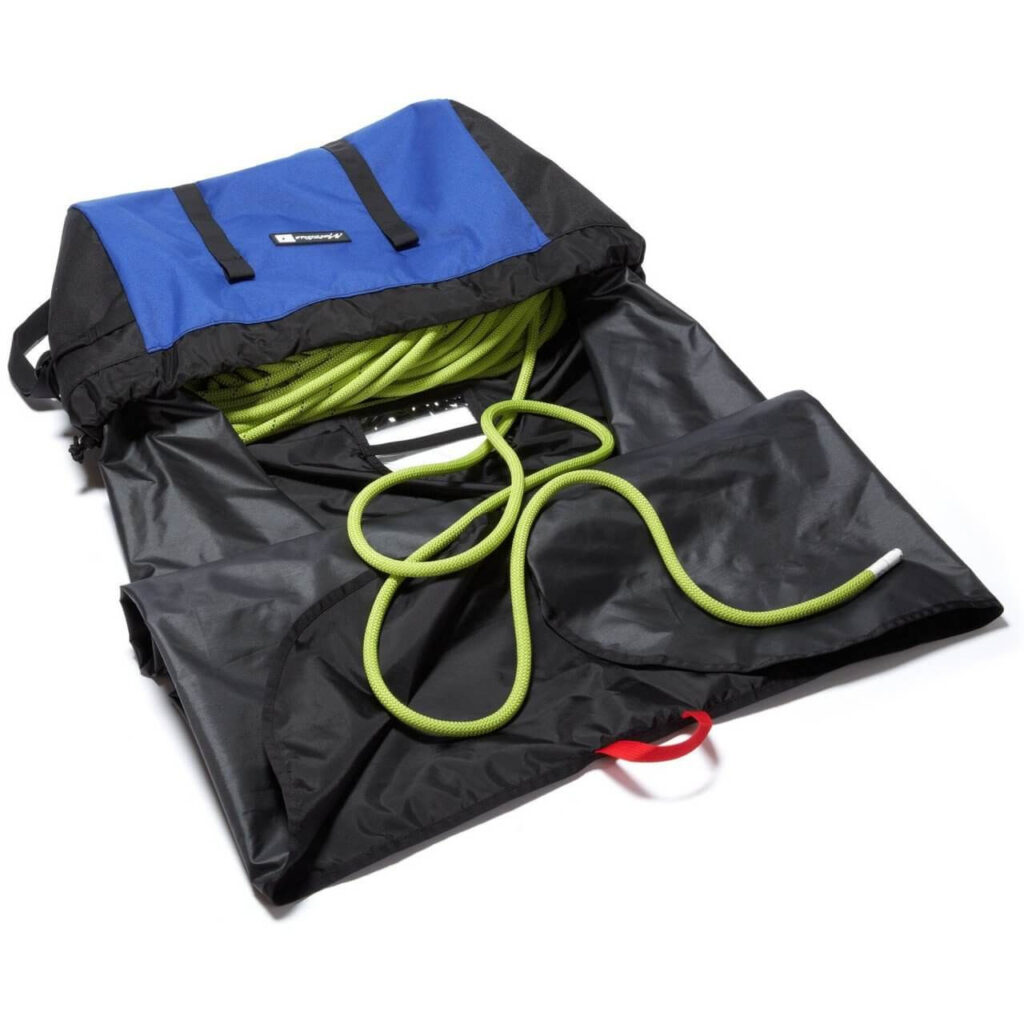
Metolius Rope-master 2 HC
The most effective use of gear is to find a pice of equipment that can be used for more than one task. The easiest example of excess equipment is rope bags, having a designated rope bag is a item that does a task that can easily be done by your backpack which you bring anyway. Personally I l bundle my rope around its self which allows me to put that rope into my bag without it being a mess, and a much smaller lighter rope tarp can be used if you are worried about having your rope on the ground. Along with the weight savings having only one bag to deal with means that the approach will be significantly easier as you won’t have to deal with a shoulder bag swinging around and getting in the way.
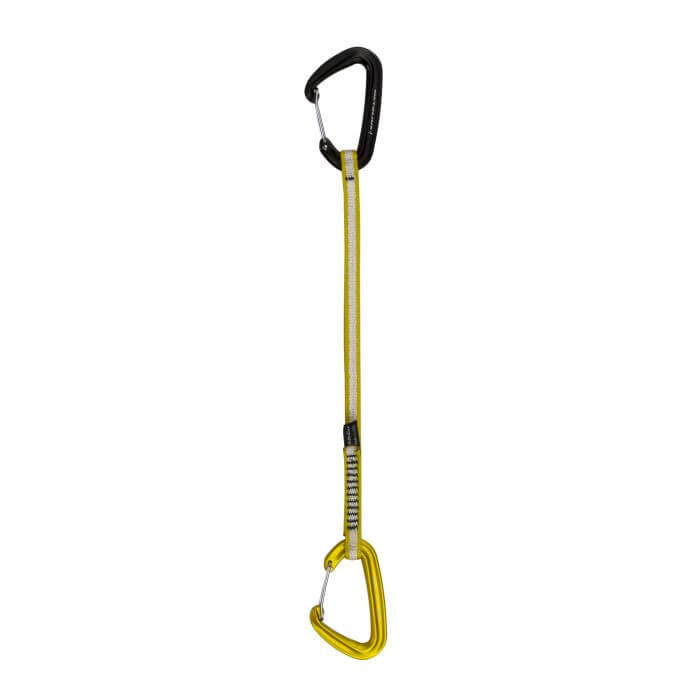
Bravo 2 Long Draw
The biggest problem of quickdraw’s is when your clipping points make for sharp angles creating rope drag. The way to deal with this to extend the distance between the bolt and the rope while still being connected. There are two ways to get this done: buy quickdraw’s with a longer dog bone (webbing in the middle), or get alpine draws which are two non locking carabiners connected by a single length sling. Normal quickdraw’s are great for clipping bolts, but they are not great for much else, the sling that comes with a alpine quickdraw is not only longer than the dog bone will be but can also be used to make anchors and a host of other things. Thus it is a much better use of your limited weight and space to use the tool that can be used for more than one task.
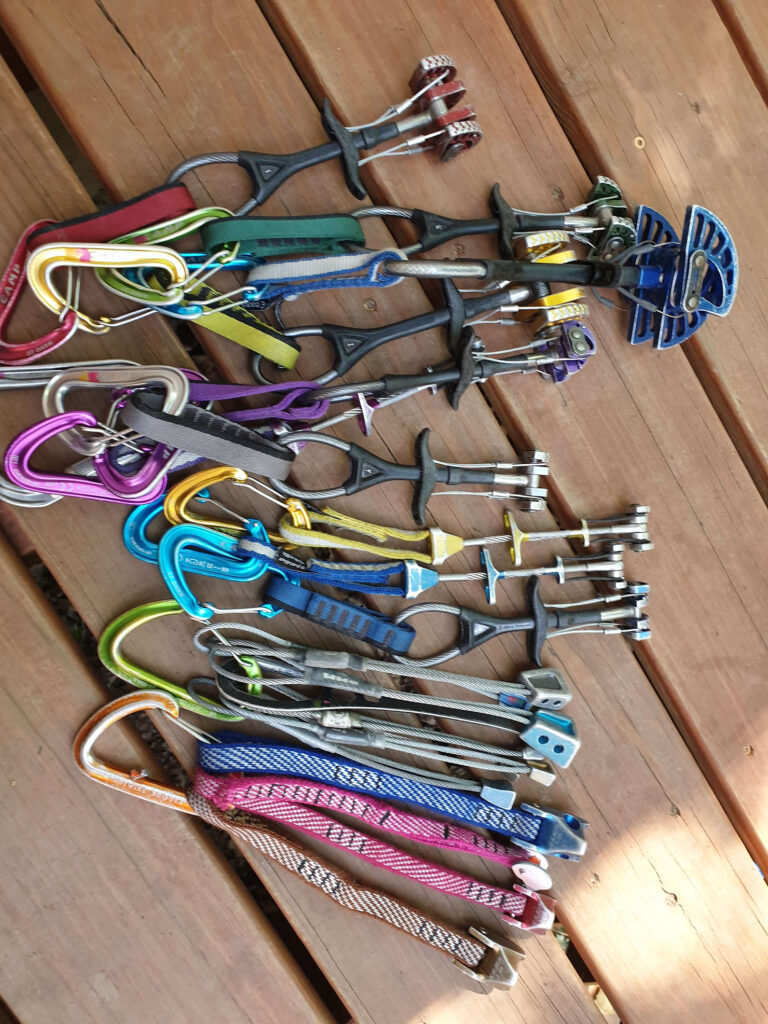
Most of a full rack
First of I am not saying that bringing a rack to a crag is necessarily a bad thing, what I am referring to the easiest way to keep your pack light, if you wont use it don’t bring it. I carry a hand full of cams to most things that I do, simply because they can be useful and not that heavy, but bringing a full rack with doubles in primary sizes with you on every trip makes for easy weight savings as leaving some of this stuff home means that you can drop pounds of mass while not losing much functionality. So before you go climbing next take a good look at the gear that you are bringing and remove anything that is not going to be used.
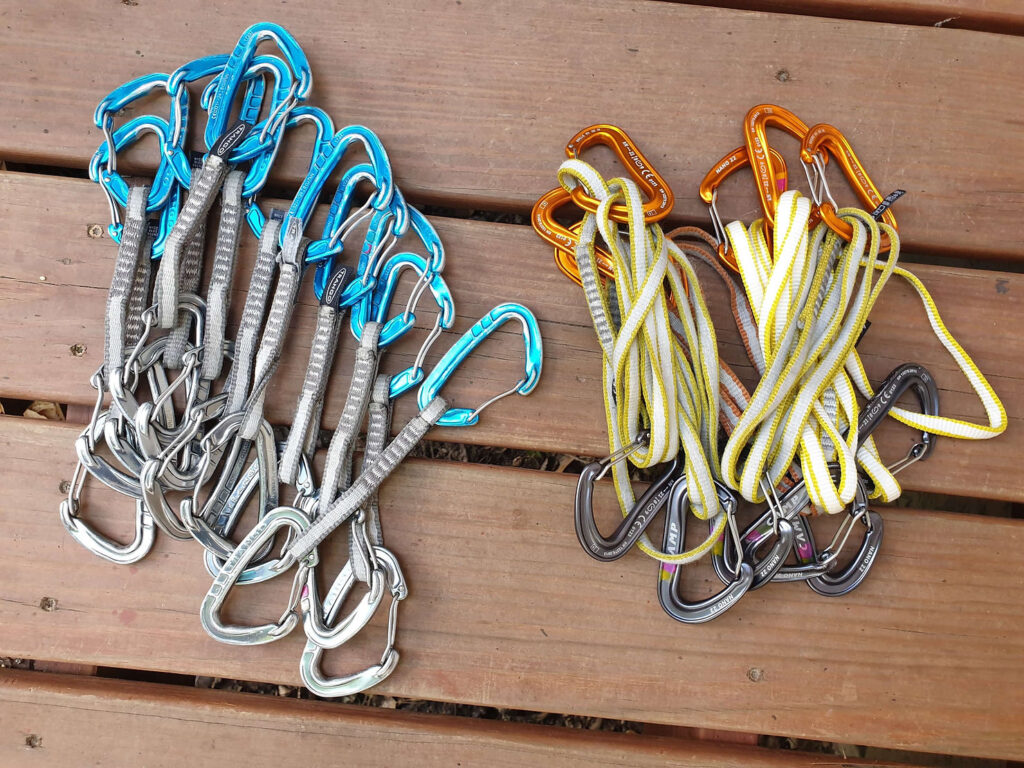
All of the quickdraw’s
Personally the easiest way to absolutely ruin a climb is to get three bolts from the anchor and run out of quickdraw’s. That said the opposite is also true getting to the top of a climb and still having 10 extra quickdraw’s is just extra weight and a big pain in the neck. Personally I like the magic number of 11 quickdraw’s (7 normal quickdraw’s and 4 alpines draws) which has always been enough for my 60 meter rope without being too scary. While running out is scary it becomes difficult to use more than 12 quickdraw’s on a 60 meter rope so consider limiting the number that you bring with you.
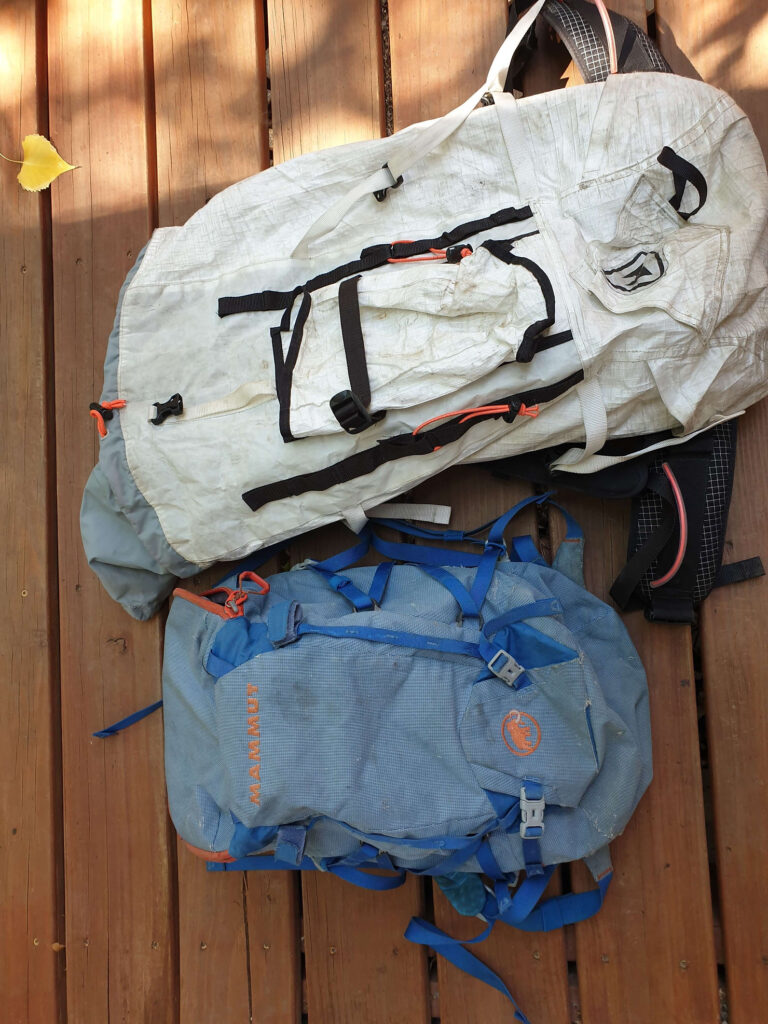
Two bags one enough one too big
My mother always says you will fill up all the space in the bag that you bring. If you bring a 70 liter backpack you will subsequently find 70 liters of stuff to bring, I have a 30 liter backpack which holds everything that I need it to for a day of climbing. That said when packing for my bigger days it gets tight making me consider what it is that I actually need and what is excess. This is where picking the correct size of backpack is crucial too small you have to tie things to the outside and too bug and you have a clunky bag with too much stuff in it. The balancing act of getting the most done with the fewest number of bags has begun. As they say the number of bags that you should own is represented by the equation [N+1= correct number of bags] where N is the number of bags that you currently own.
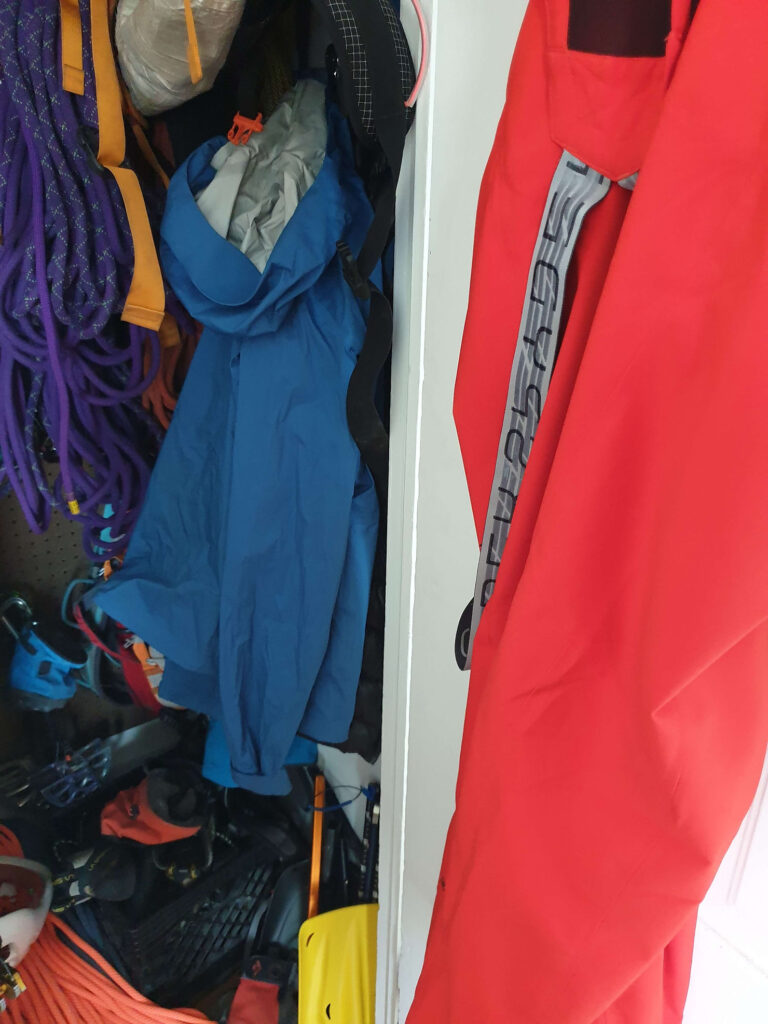
Winter Gear
I think the most common mistake that is made is bringing the wrong cloths with you. This includes bringing huge numbers of jackets to hot summer days, but could also be used to talk about not bringing what you need. Most of this depends on the weather and climate in which you will be climbing, if it is going to be a hot summer day maybe ditch the winter coat and if you are in the middle of the winter you could just bring it all.
The real trick it to take the time to think about what you will actually use if you bring it, all of this is simply a balancing act between keeping it light and needing more than you have. Some of the people who are best at this balancing act are guides who spend most days hiking around and get pretty good at keeping the things that they bring to a minimum. If you want to learn from guides or simply have a good day reach out to Golden Mountain Guides at: https://www.goldenmountainguides.com/contact/.
Also leave a comment and tell us what gear you dropped and how you do without it.



Content Copyright © 2024 of Golden Mountain Guides. All rights reserved. | Privacy Policy | Site Map